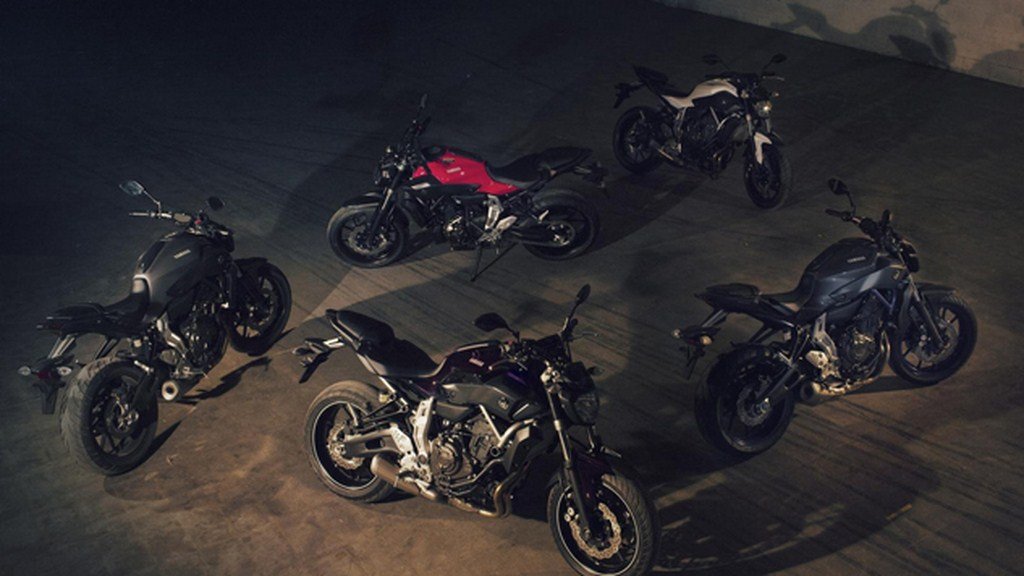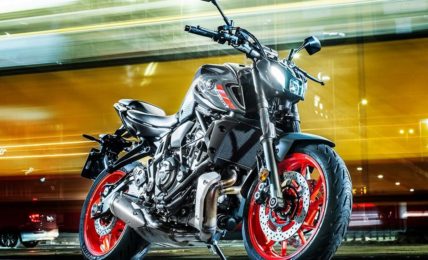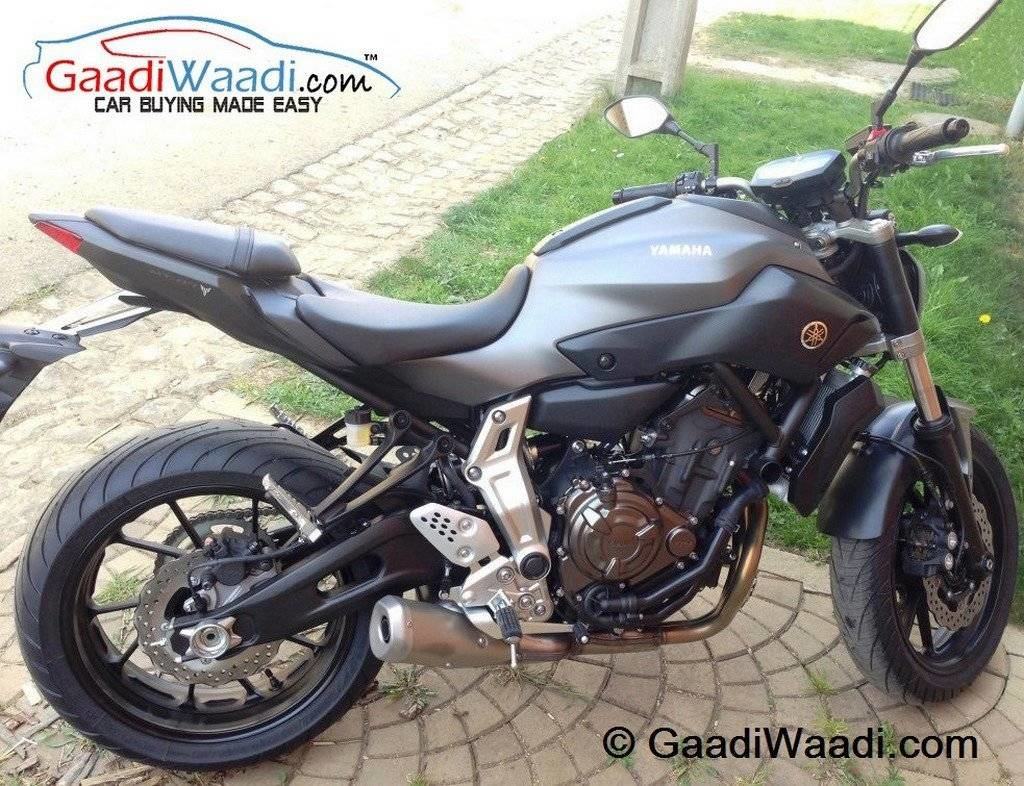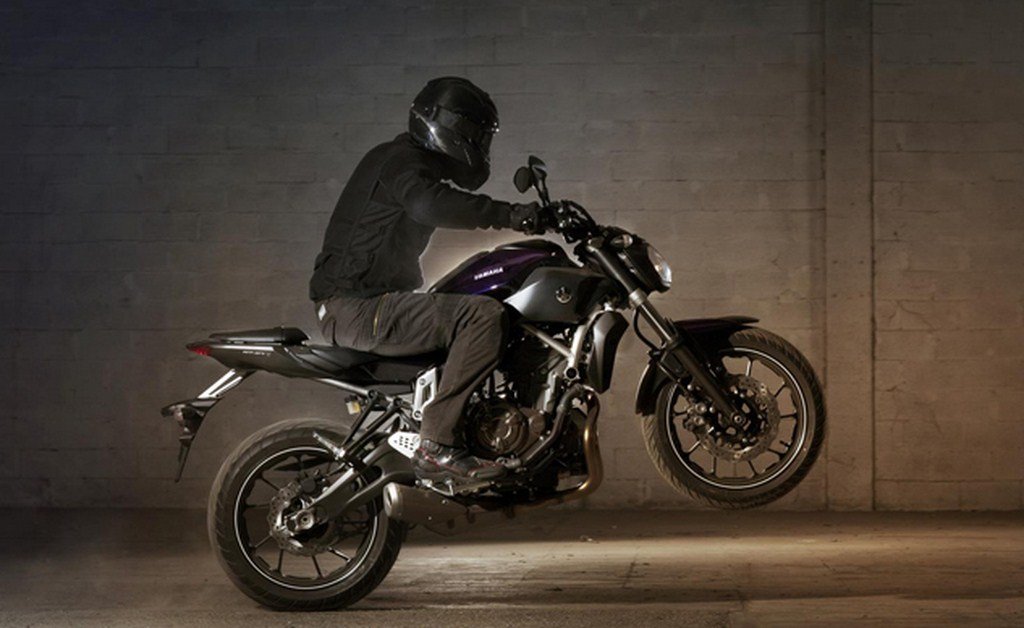Yamaha has imported the MT-07 twice in the country this year but shows no signs of launching it, despite India being its second largest market globally. The launch of the R3 has also been delayed.
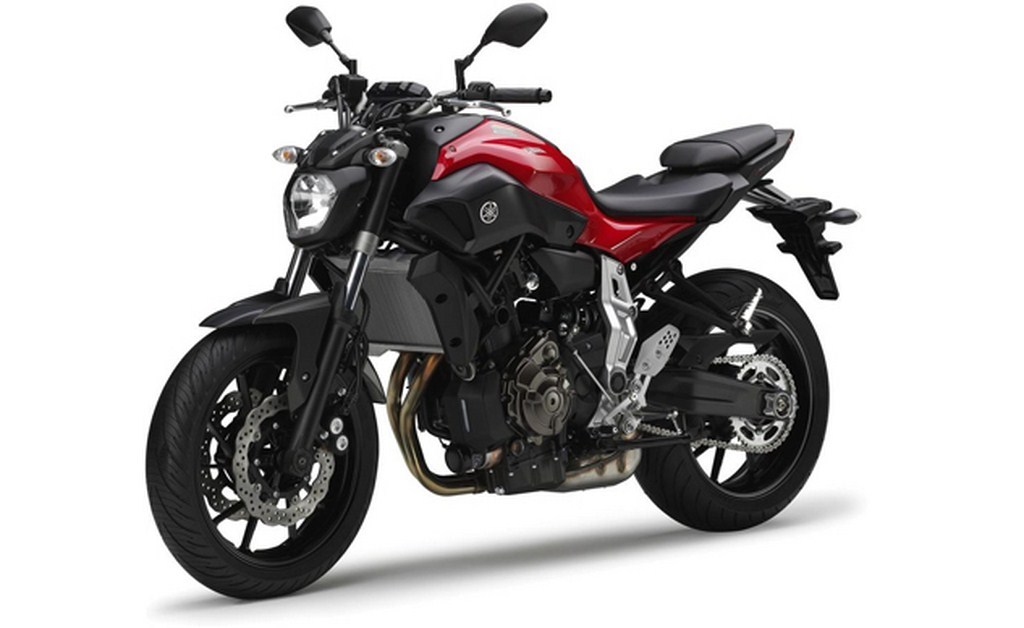
In recent years, the Indian auto market has been extremely important for Japanese manufacturers with impressive growth numbers clocked by each of them across different segments. The more recent Japanese automaker to come to the country was Yamaha in 2008 that has been quick to grow, making India the company’s second largest volume market globally by this year end, just behind Indonesia with Vietnam coming in third.
While Yamaha plans to achieve a target volume of 1.2 million units in the Indian market by 2017, its focus will remain on volume pullers including mass market motorcycles and scooters. One of the best performance bike makers in the world, Yamaha only retails a handful of performance bikes in the country which include the new generation R1 and R1M, VMAX and the FZ1. While the flagship motorcycles surely look good in the lineup, the market today has a strong requirement for middleweight performance bikes that the Japanese automaker has in abundance but has failed to bring in the past years; despite the fact it retails the performance offerings in Indonesia and Vietnam.
Yet again, Yamaha India imported the MT-07 for R&D testing and evaluation purpose (second time this year) but signs of the launch are far from being visible. The MT-07 is an excellent twin-cylinder street-fighter motorcycle that comes with 74 HP and 68 Nm of torque, mated to a 6-speed gearbox. The bike comes with ABS and is capable of hitting a top whack of 200 km/hr. Competing with the Kawasaki Z800, Benelli TNT 899 and the likes, there is no reason as to why the MT-07 won’t be a popular offering in India, especially considering the fan following the automaker enjoys.
The performance bike space in India is set to grow like clockwork in the following years and Yamaha is certainly missing out on the early bird advantage. Other bike makers like Kawasaki and Triumph have made the most of this segment while new entrants like Benelli are here with promising products. In the end, it boils down to the Japanese manufacturer’s strategy for the Indian market as it is concentrating on gaining volumes. With the company adding another 1.8 million units (in phases) at its new plant in Chennai, Yamaha will have a total production capacity of 3 million units by the end of the decade that will cater to domestic and export demands but with mass offerings being the mainstay.
Yamaha has the R3 in the pipeline for launch in India by the end of this year but when other Asian markets have got the R25, why is the company making its Indian fans wait so long. If the wait is due to localisation of components for an aggressive price, then the wait will be worth it.
